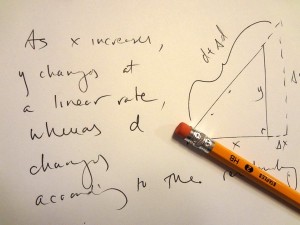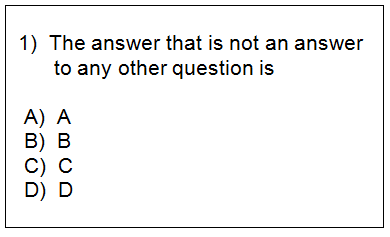At the end of the term I ask students to write simple reflections on their experiences from the year: what they learned about math, about the world, about themselves. It’s one of the many ways I get students writing in math class.
It’s a great way to model reflection as part of the learning process, and it’s also a good way for me to get feedback about the student experience.
Mostly, it’s fun! I love sharing and discussing the reflections with students, and it always results in great end-of-year conversations.
Here are some of my favorites.
After learning a little more about math, I think math is created rather than discovered. This makes mathematicians and scientists the creators, not merely the seekers.
I learned a lot of things from my classmates that I wouldn’t have learned if I were to just study on my own.
I have learned that I still have very much to learn about myself.
Mathematics is magical; it can lead you to a dead end, but then it can miraculously open up an exit.
Learning how to think of things in three dimensions completely changed the way I saw math.
By seeing algebraic and geometric interpretations, I learned how to communicate math in more ways.
The process which turns a difficult problem into a relatively easy problem is the beauty of math.
One of the best parts of reflection is how much it gets you thinking about the future. Plenty of food for thought here.
For more resources, see my Writing in Math Class page.
Related Posts

